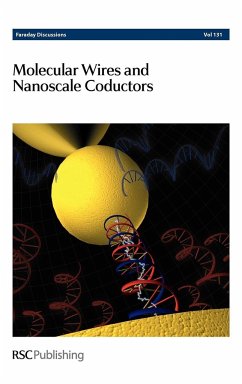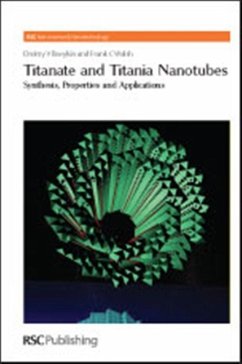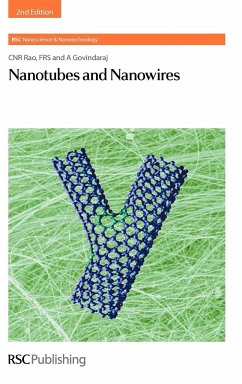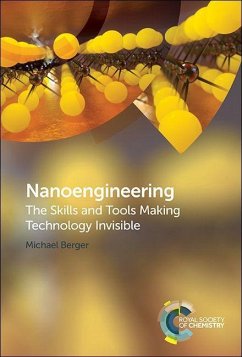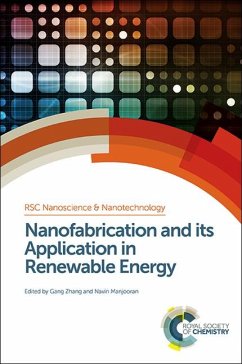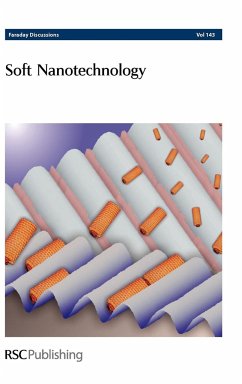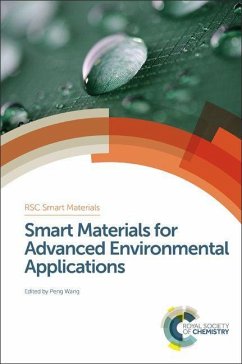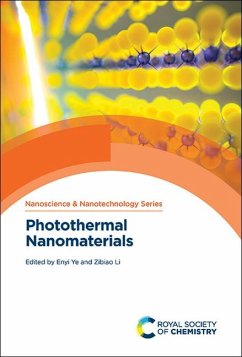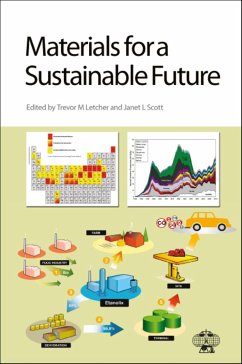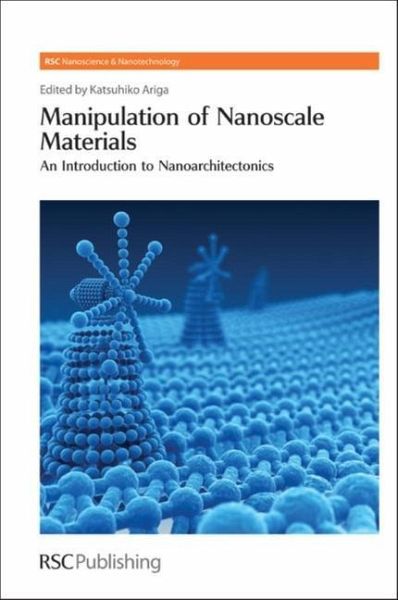
Manipulation of Nanoscale Materials
An Introduction to Nanoarchitectonics
Herausgeber: Ariga, Katsuhiko
Versandkostenfrei!
Versandfertig in über 4 Wochen
192,99 €
inkl. MwSt.

PAYBACK Punkte
96 °P sammeln!
Techniques and strategies for the production of nanomaterials and nanostructures have developed to an advanced level. However, the concepts and methods needed to correctly architect these materials into viable applications remains seriously lacking. This book introduces the concept of "Nanoarchitechtonics", a term introduced by Dr Masakazu Aono to describe the correct manipulation of nanoscale materials in the creation of nano-devices and applications. With contributions from across the globe, Manipulation of Nanoscale Materials presents a broad spectrum of nanomaterials and their applications...
Techniques and strategies for the production of nanomaterials and nanostructures have developed to an advanced level. However, the concepts and methods needed to correctly architect these materials into viable applications remains seriously lacking. This book introduces the concept of "Nanoarchitechtonics", a term introduced by Dr Masakazu Aono to describe the correct manipulation of nanoscale materials in the creation of nano-devices and applications. With contributions from across the globe, Manipulation of Nanoscale Materials presents a broad spectrum of nanomaterials and their applications. Following an introductory chapter prepared by the editors, the book is divided into three further sections of chapters, detailing Nanoarchitectonics for Materials Development, Materials Nanoarchitechtonics for Bio-Conjugates and Bio-Applications, Materials Nanoarchitechtonics for Advanced Devices. The first book in its field, this is essential reading for anyone creating or deploying nanomaterials. Fully referenced to the primary literature, this title presents an excellent source of information, and inspiration, to the reader and should appeal to experienced materials scientists, nanotechnologists and postgraduate students. Dr. Katsuhiko Ariga is the Director of Supermolecules Group and Principal Investigator of World Premier International (WPI) Research Center for Materials Nanoarchitectonics (MANA), the National Institute for Materials Science (NIMS). Dr Masakazu Aono is Director General of MANA and group leader of the nano-system organiszation group MANA, NIMS.



